© 2024 Olga López
© 2024 Urantia Association of Spain
Bulletin of the Urantia Association of Spain
Light and Life — September 2024
¶ In this issue
- Editorial – September 2024 — M. José Sánchez Santamaría
- Jobs – our recommendations of the month
- History and teachings: Chronicle of the life of Jesus
- Urantia Book Children’s Guide: Jesus at Age 20
- Other books on spiritual growth — Romualdo Soler González
- Recommended audio
- Navigating through life: The fire and the bugle
- My favorite paragraph — Diego Betancourt
-Urantian Questionnaire — Jaime Marco - In memory of Esteban Cotán (1927-2024)
¶ Editorial – September 2024 — M. José Sánchez Santamaría
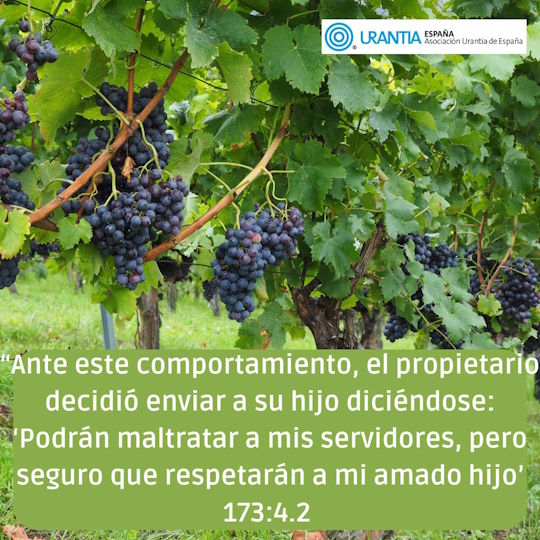
The writer Umberto Eco said that “to survive, one must tell stories.” Jesus of Nazareth went further, because he was not only a brilliant narrator, but he was also attentive to making us reflect on the simple beauty of everyday stories. Can you imagine Jesus now, in our time? He would have known how to tell storytellings and reels with ease, which would have made many people reflect.
In our newsletter “Light and Life” we want to be like our beloved Master every month by telling different “stories” in this space, texts that make us reflect and improve as people. At least, we try. Do you dare to read us?
In the September issue we offer you these four interesting works for your reading:
- Talks (Bill Sadler)
- Brief history of Creation (Eduardo Altuzarra)
- Outline of the seraphic organization (L. Coll)
- Urantian poetry (José Rodríguez Jorge)
We continue with the work on the “Chronicle of the life of Jesus” (paper 158) that helps us in our study of the book, as well as the “Guide to the life of Jesus for the little ones” (Jesus at age 20).
This month we recommend reading an unusual book, The Kiss of God. The Spanish writer Prado Pérez from Madrid surprises us with the description of a real mystical feminine movement that took place in the European Middle Ages. Let yourself be surprised by this text.
This month’s audio refers to “what is expected of us” (“Light and Life” space on Radio Urantia).
Two readers tell us, on the one hand, what their favorite paragraph is (Diego Betancourt) and on the other, Jaime Marco explains to us in a questionnaire his life journey with The Urantia Book.
¶ Works – our recommendations of the month
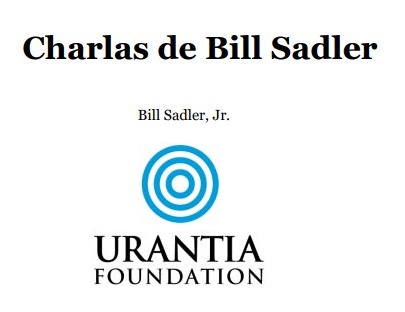
Talks (Bill Sadler) (also on the association’s website)
The Urantia Foundation website has undergone a thorough remodeling, so that all of Bill Sadler’s talks that were on the old website have been compiled into a single PDF, with the advantage that this represents when printing it or reading it on any electronic device without needing to be connected to the Internet. These talks are highly recommended to help understand the most difficult concepts in the book, especially the Prologue and the first part.
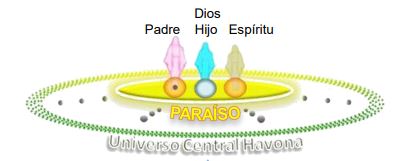
Brief History of Creation (Eduardo Altuzarra) (also on the association’s website)
The purpose of this work is to try to understand, from a finite mind like ours, the entire framework of Creation, from its origins to the universal end. It is based on the Prologue of the book, Bill Sadler’s works “Simplification of the Prologue” and “Study of the Master Universe”, as well as the transcriptions of some of his conferences. It also takes as a reference the work “History of Creation” by Antonio Moya. From this material, he offers us some diagrams that help us have a general vision of this part that is so abstract, but at the same time so fundamental to understanding everything else.

Outline of the seraphic organization (L. Coll) (also on the association’s website)
In this brief outline, its author offers the basic data to understand how the seraphim and their hierarchy are organized, in addition to offering us basic information about their nature and function. Very useful to keep in mind in a summarized way the most outstanding aspects of this fascinating order of beings created by the Mother Spirit of the local universe.

Urantian Poetry (José Rodríguez Jorge)
Since not everything is going to be prose and studies on the teachings, we have included here a section of our website that contains 11 poems written by the reader José A. Rodríguez, from Las Palmas de Gran Canaria. Poems inspired by the teachings of the book on personal religion that seem like conversations with the heavenly Father, accompanied by illustrations by its author.
¶ History and teachings: Chronicle of the life of Jesus
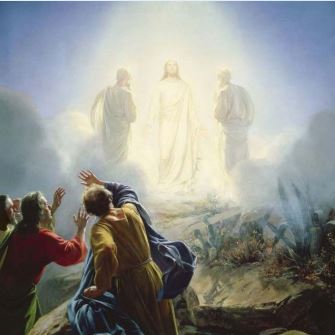
JOURNALISTIC ACCOUNT OF THE LIFE AND TEACHINGS OF JESUS ACCORDING TO THE URANTIA BOOK
We present to you the next installment of the chronicles of the life of Jesus, which on this occasion contains what the revelators tell us in paper 158 (The Mount of Transfiguration). Inside the PDF you will see a button from which you can access the text of the document from the Urantia Foundation website.
¶ Urantia Book Children’s Guide: Jesus at Age 20
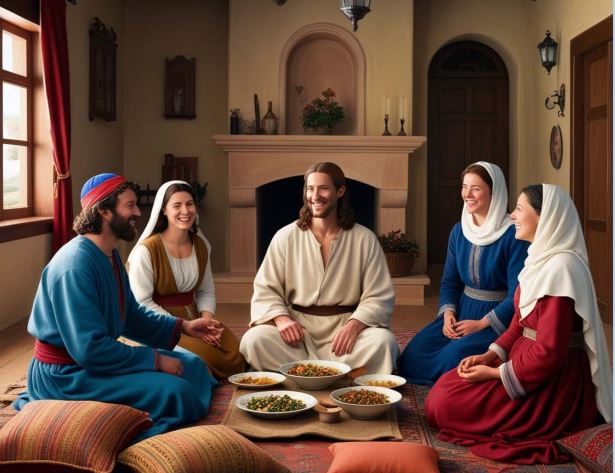
We continue reviewing the secondary work A Child’s Guide to The Urantia Book, by Mary Livingston. This is the next chapter, which deals with the time when Jesus was 20 years old, and it begins like this:
“Even though money was tight Jesus wanted to go to Jerusalem for Passover. Mary wisely said He should go. What Jesus really wanted was to see Lazarus, Martha, and Mary. Along with His own family, He loved these three people very much.”
Download the full chapter in PDF format
¶ Other books on spiritual growth — Romualdo Soler González
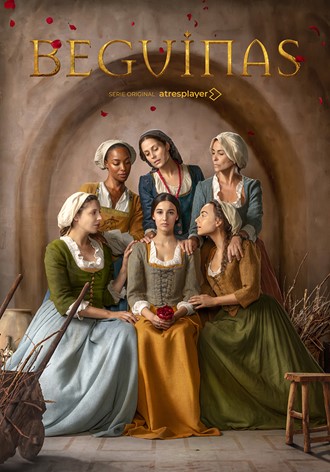
The Kiss of God (Prado Pérez de Madrid)
Recently, I discovered the fascinating history of the Beguine movement through the series “The Beguines”, an Atresmedia production that captivated me from the first episode. Before watching this series, I was completely unaware of the existence of these communities of women who, between the 13th and 16th centuries, challenged the social and religious norms of their time by living independently, dedicating themselves both to spiritual contemplation and to practical activities such as teaching, caring for the sick, and crafts.
The series, set in the 16th century, led me to investigate more about this movement, and that is how I came across the book The Kiss of God by Prado Pérez from Madrid. This work delves into the life of the Beguines and explores their challenges, their achievements and the intense spirituality that characterized these women. The book is a window into a world of faith and resistance, and I highly recommend it to those who wish to learn more about this little-explored part of European history in general and Spanish history in particular.
¶ Recommended audio
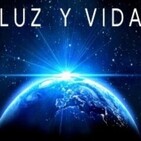
What is expected of us, from various authors (Radio Urantia’s “Light and Life” space)
In this episode of the radio show “Light and Life” a chat is shared among reader friends, the topic of which is “what is expected of us.” It begins with the concern of what each of us is expected to do in this world. Will they throw in our face what we have not done when we go to the other side? Will we have enough faith, or will the Father have to help us in our disbelief?
In this conversation, each person provides their answers to these questions, which we encourage you to listen to. You will surely identify with the concerns expressed in this audio, and with the answers to the initial question that gives title to the talk.
¶ Navigating through life: The fire and the bugle
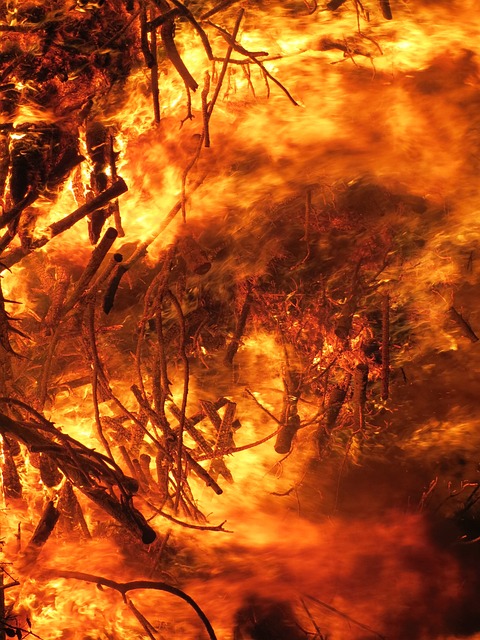
Legend has it that there was a town where devastating fires occurred very frequently, destroying houses and buildings all over the world every so often.
The town’s inhabitants decided to meet one day to put an end to the wave of fires that were occurring more and more frequently and to do so they shared a series of proposals contributed by all the locals.
In the middle of the meeting and amidst all the shouting that had been organized, a young man raised his voice and explained his proposal:
“I’ve noticed that across town, on the other side of the forest, there is a town very similar to ours that never has fires like the ones we have. I propose traveling there and finding out what its secret is.”
Upon hearing the young man’s wise words, the entire town agreed that this was the best option, so they entrusted him with the difficult mission of traveling to the other town and gathering useful information to solve the problem of the fires.
After long hours of traveling, the young man finally arrived at the town at the end of the forest, where a group of locals was waiting for him in a friendly manner to explain his secret.
“It’s not that we have fewer fires than you,” the residents of the new town told him. “We just worry more about putting them out as soon as possible and more quickly than you do.”
“And how do you put them out before us?” the young man asked, confused.
—Very simple, we have a bugle, a kind of horn, that we play as soon as a fire breaks out to alert the rest of the town.
After hearing the great secret, the young man quickly returned to the town to tell everyone. Once there, they bought a bugle that they placed in the center of the town square, on a lectern.
In this way, both the young man and all the town’s inhabitants were now sure that their problems with fires would be over, since by using the bugle everyone could be quickly warned.
However, in reality that was not what happened, since in that town no one knew how to play the bugle and the fires continued to occur and destroy everything without any inhabitant being able to do anything.
(Jorge Bucay)
¶ My favorite paragraph — Diego Betancourt

What joy I felt when I received the invitation to write this article! The invitation came like a whisper from the heavens, a whisper that awakened in my soul a torrent of memories and emotions. Like a gale that sweeps away tranquility, the quotes from The Urantia Book began to flutter through my mind, each with its own rhythm and melody. Dozens of pages, hundreds of phrases, thousands of words that had been my company during these ten years of reading, now presented themselves before me like a great library of memories and reflections.
But, like a sea that is stirred by the arrival of a storm, my mind became confused as I tried to choose the paragraph that had been my favorite. How could I choose just one, when each page had been a reflection of my soul, each sentence a drop of my heart? And it was then that I understood that The Urantia Book does not have a favorite paragraph, but rather that each reader finds his or her own favorite paragraph based on where the attention of his or her heart is placed at a given moment. It is as if the book had a magical ability to read our thoughts and feelings, to speak directly to our soul and tell us what we need to hear at that moment.
¶ Urantian Questionnaire — Jaime Marco
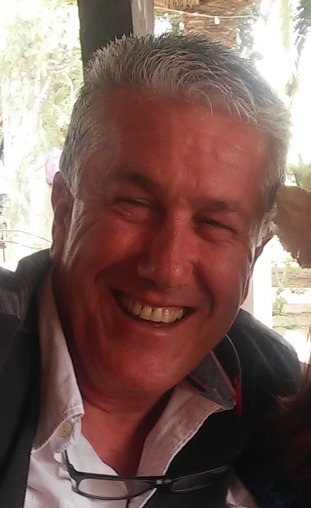
I am Jaime Marco. I recently turned 61 years old and I live in Lorquí, a small town in Murcia, in the southeast of Spain. My studies and my profession are Systems Engineer. I have been married for 36 years to María Dolores, my wife, with whom I share a son, Jaime III, and a grandson, Jaime IV. My father was the first Jaime of the clan.
I found The Urantia Book 25 years ago and I continue reading it and being fascinated because it is 25 years of new discoveries, new concepts in each new reading. Does the book change? Am I not reading well? No, my mind changes every time I accommodate what I have learned and it is ready for the next reading. This is one of the qualities that I have discovered, over time, in the way this revelation is written. I think that they know our type of mind and there is an implicit pedagogical method between its lines.
I am currently president of the Urantia Association of Spain and I am also a facilitator at the International School of The Urantia Book (UBIS), positions that I try not to inflate my ego (it is so easy for that to happen) and that I try to exercise (I force myself) from the perspective and intention of service.
¶ In memory of Esteban Cotán (1927-2024)
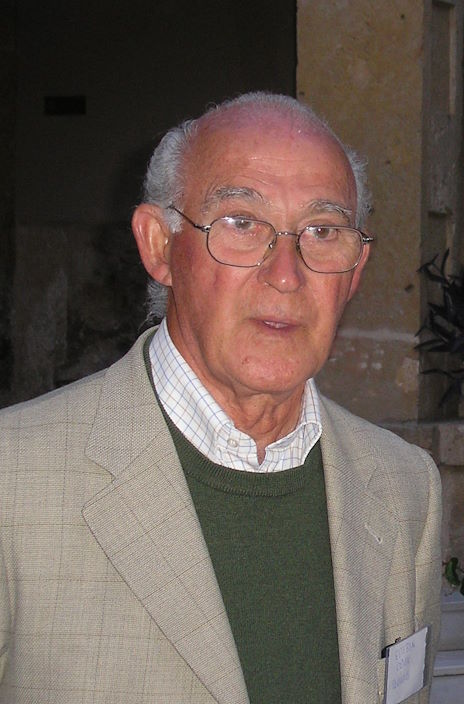
Esteban Cotán Reyes, one of the founding members of the Seville study group and first president of the Urantia Association of Spain, left for the mansion worlds on August 15, at the age of 96 (he would have turned 97 in November). He was the oldest reader in all of Spain.
In 1978, when he was 51 years old, he learned about The Urantia Book through his ufologist friend Antonio Moya, when there was still no translation into Spanish and they read the book translated from French and English. From then on, a group of friends formed who over time met to read The Urantia Book in a formal manner, and who formed the Seville study group. Until 2004, there was no other study group for the book in Spain.
In 2001, the Urantia Association of Spain was created and accredited by members of the Foundation and the Urantia International Association. Esteban, who was then about to turn 74, was elected president. In 2004, at the IV National Meeting of Readers held in San Rafael (Segovia), the board positions were renewed and there Esteban passed the baton so that the association could continue to grow and progress.
¶ New courses from the Urantia Book International School (UBIS)

A new quarter of courses at the Urantia Book International School (UBIS) begins in September. The registration period begins on Monday, September 9 and ends on Sunday, September 22. Courses begin on Monday, September 16 with orientation week.
These are the courses that will be offered this quarter in Spanish:
- Genesis of Reality. Facilitated by: José Manuel Díaz Roldán. English:Level: advanced. Duration: 6 weeks.
- Prayer as a conversation with our Father in heaven. Facilitated by: Darío Franco Cuartas. Level: intermediate. Duration: 10 weeks.
- The evolution of the family, the main civilizing force. Facilitated by: Diego Betancourt. Level: basic. Duration: 10 weeks.
- Origin and meaning of suffering. Facilitated by: Ulises Pedrique. Level: intermediate. Duration: 6 weeks.
- Jesus of Nazareth: a model of inspiration for the soul of men. Facilitated by: Luis Alfonso Rojas Rosillo. Level: basic. Duration: 10 weeks.
If you are interested in taking a course, you must first create an account on the school’s website, http://ubis.urantia.org. This can be done before registration begins.
Places are limited, so sign up as soon as possible if you don’t want to miss out on a spot!
¶ September Urantia Talk

The Urantia Association of Spain organizes and sponsors the so-called “Urantian talks,” Zoom sessions in which a presenter offers a starting topic, followed by a moderated discussion in which attendees can participate.
This is the talk scheduled for the month of September:
Friday 27: Technological future in light of The Urantia Book (Olga López)
Place: Zoom room of the Association
Time: 7:00 p.m. (Spanish peninsular time)
¶ About the Luz y Vida newsletter

Luz y Vida is the newsletter of the Urantia Association of Spain. From 2005 to 2016 it was published in PDF format and distributed by post and email to the association’s reader list, but is currently distributed in newsletter format from HTML content.
If you wish to receive the newsletter in your email, contact the association to be subscribed to the recipient list.
All work and news from readers and study groups are welcome, so if you wish to share any secondary work, writing, outline, image, etc., you can send it to the association and we will publish it after evaluating its suitability. Likewise, the Communications Committee of the board of directors of the Urantia Association of Spain reserves the right to edit it to meet minimum spelling quality standards.
¶ References
- Index of the magazine “Luz y Vida” of the Association of Spain
- This article from the magazine “Luz y Vida Online”
- Index of the magazine “Luz y Vida Online”